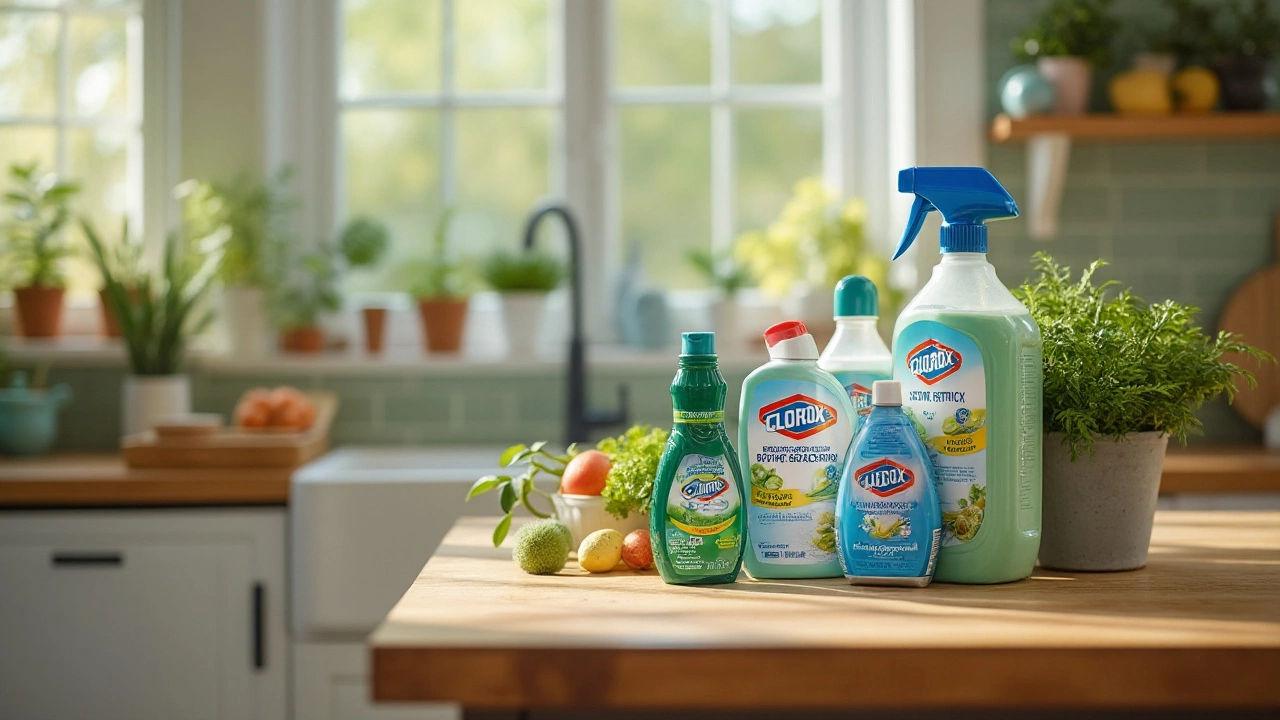Eco-Friendly Products That Actually Work for a Healthy Home
If you’re tired of harsh chemicals and want a cleaner house that’s kind to the planet, you’ve come to the right place. Eco‑friendly cleaning products use simple ingredients you can find in any kitchen, and they’re cheap enough to keep your budget happy. Below you’ll learn which items are worth keeping, how to use them for common chores, and why they’re safer for you and the environment.
Everyday Green Cleaners You Probably Already Have
Vinegar and baking soda are the dynamic duo of natural cleaning. White vinegar cuts grease, lifts mineral stains, and disinfects surfaces without leaving toxic residues. Baking soda works as a mild abrasive and odor absorber, making it perfect for carpets, mattresses, and oven doors. Mix one part vinegar with two parts water in a spray bottle for a multi‑purpose cleaner, or sprinkle baking soda on a damp cloth to gently scrub stubborn spots.
Lemon juice adds a fresh scent and extra acidity that boosts vinegar’s cleaning power. Use freshly squeezed lemon on cutting boards to kill bacteria, or add a few drops to your vinegar spray for a pleasant citrus boost. Essential oils like tea tree or lavender have natural antimicrobial properties; a couple of drops in your homemade cleaner keep germs at bay while smelling great.
Eco-Friendly Solutions for Specific Jobs
Oven and kitchen grime: A paste of baking soda and warm water sits on baked‑on grease for 15‑20 minutes. After it dries, wipe it away and finish with a spray of vinegar to dissolve any leftover residue. This method is safe for glass oven doors and avoids the harsh fumes of commercial oven cleaners.
Windows and mirrors: Combine one cup of water, one quarter cup of vinegar, and a splash of lemon juice. Spray on glass and wipe with a microfiber cloth for streak‑free shine. No ammonia means no harmful vapors, and the microfiber cloth traps dust instead of spreading it.
Upholstery and carpets: Sprinkle baking soda over the fabric, let it sit for 30 minutes to absorb odors, then vacuum. For stains, dab a mixture of a few drops of dish soap, warm water, and a teaspoon of vinegar. Test on an inconspicuous area first, then blot gently—no soaking, no damage.
Bathroom surfaces: A spray of equal parts vinegar and water removes soap scum and mineral buildup on tiles and fixtures. For tougher mold, spray undiluted white vinegar and let it sit for an hour before scrubbing with a brush.
All these recipes use ingredients that break down quickly in the environment, so they won’t linger in waterways like synthetic chemicals do. They also reduce the number of single‑use plastic containers you need to buy, cutting down waste.
When you need something extra strong, look for certified green products that list biodegradable formulas and avoid phosphates, chlorine bleach, or synthetic fragrances. Labels like “EcoLogo” or “EU Ecolabel” give a quick assurance that the product meets strict environmental standards.
Switching to eco‑friendly cleaning doesn’t mean you sacrifice results. In fact, many users report that regular use of natural cleaners leaves homes cleaner for longer because they avoid residue build‑up. Plus, you protect your family’s health—no more worries about inhaling fumes while you mop the kitchen floor.
Start small: replace your all‑purpose spray with a vinegar‑based mix, keep a box of baking soda in the pantry, and add a few essential oil bottles to your cleaning shelf. Over time you’ll build a toolbox of safe, effective products that keep your home sparkling and the planet happier.

Evaluating the Eco-Friendliness of Clorox: A Comprehensive Guide
As more consumers seek sustainable options in their daily lives, Clorox, a well-known brand in cleaning products, becomes a subject of interest regarding its environmental impact. This article delves into whether Clorox products meet the standards of eco-friendliness by examining their ingredients, environmental policies, and eco-certified product ranges. Readers will also find insights into how Clorox compares to other brands in maintaining sustainability. Tips for adopting more eco-friendly cleaning habits are included too.
Read More